Bubbles. Those iridescent, ephemeral spheres of joy. We’ve all chased them as children, marveling at their fragile beauty before they inevitably pop. But beyond the simple pleasure they provide, bubbles are fascinating demonstrations of complex physics. They’re walking, floating laboratories revealing principles of surface tension, fluid dynamics, optics, and even mathematics. This article will dive deep into the surprisingly rich physics of bubbles, exploring what makes them form, why they’re spherical, the science behind their colors, and even why they pop.
What *is* a Bubble, Anyway?
At its core, a bubble is a thin film of liquid enclosing a gas. Usually, that liquid is soapy water, and the gas is air, but the principle applies to bubbles formed with other liquids and gases. The key ingredient isn’t just soap, though. It’s a carefully balanced mixture of water, soap, and sometimes glycerin or corn syrup. Water alone has too much surface tension to easily form a stable bubble. Soap dramatically reduces this surface tension, allowing the water to stretch and create a flexible, expandable film.
Think of surface tension like a stretchy skin on the water’s surface. Water molecules are attracted to each other, and those on the surface experience a net inward pull, minimizing the surface area. Soap molecules wedge themselves between the water molecules, disrupting this strong attraction and lowering the surface tension. This is why you can’t easily blow a bubble with pure water!
The Sphere: Nature’s Most Efficient Shape
Why are bubbles almost always spherical? It all comes down to minimizing surface area. For a given volume, a sphere has the smallest possible surface area. The bubble’s skin – the soapy film – wants to minimize its energy, and minimizing surface area is the way to do it. Imagine a bubble trying to form a cube. The corners would experience a lot of stress, and the film would constantly try to pull inwards to reduce that stress, ultimately collapsing into a sphere.
This principle isn’t unique to bubbles. It’s a fundamental concept in physics and explains why planets are spherical, raindrops tend to be round, and even why oil slicks form a circular shape. Nature consistently favors the most energy-efficient form, and for a flexible film enclosing a gas, that’s the sphere.
The Soap Film: A Thin but Mighty Structure
The soap film itself isn’t a simple, single layer of molecules. It’s actually a three-layered structure. In the middle is a thin layer of water, sandwiched between two layers of soap molecules. The soap molecules have a unique structure: a hydrophilic (water-loving) head and a hydrophobic (water-fearing) tail.
The hydrophilic heads face outwards, interacting with the water, while the hydrophobic tails point inwards, avoiding contact with the water. This arrangement is energetically favorable and creates a stable barrier. The thickness of this film is incredibly thin – typically just a few nanometers (billionths of a meter). Yet, this delicate film is strong enough to contain the gas inside.
The Colors of the Rainbow: Interference and Thin-Film Interference
One of the most captivating aspects of bubbles is their iridescent colors. These aren’t due to dyes or pigments within the bubble solution, but rather to a phenomenon called thin-film interference. When light strikes the bubble, some of it reflects off the outer surface of the soap film, and some of it passes *through* the film and reflects off the inner surface.
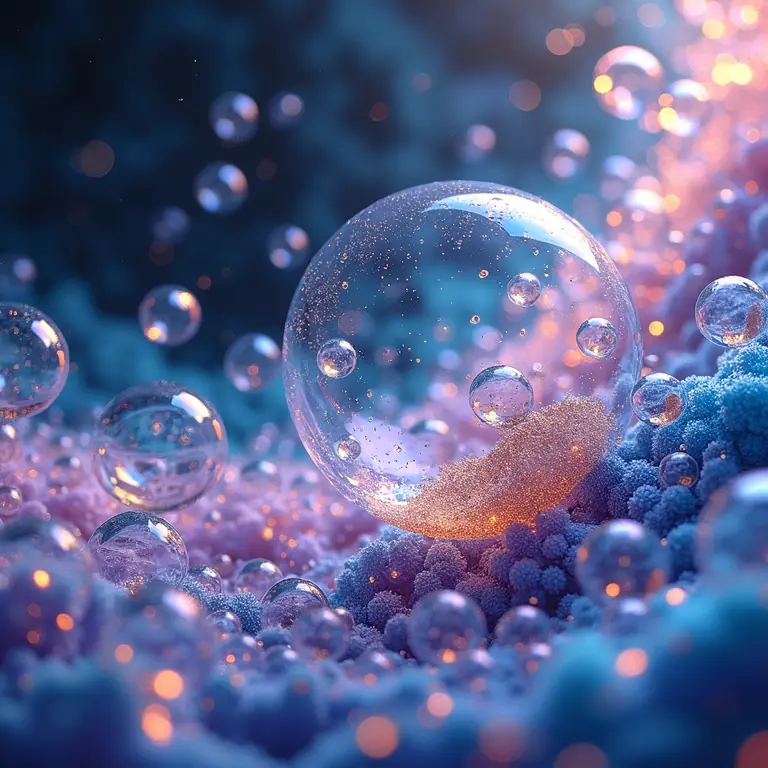
These two reflected light waves then interfere with each other. Depending on the thickness of the film and the wavelength (color) of the light, the interference can be constructive (waves reinforce each other, creating a brighter color) or destructive (waves cancel each other out, creating a dimmer color). Because the thickness of the film varies across the bubble’s surface (due to gravity pulling the liquid downwards), different colors are visible in different areas.
As the bubble thins, the colors change. You’ll often see a progression from blues and greens to yellows and reds as the film becomes thinner. Just before the bubble pops, the film becomes so thin that all wavelengths of light interfere constructively, resulting in a brilliant white or silver flash. Then, *pop* – the film breaks, and the colors vanish.
Why Do Bubbles Pop?
Bubbles are inherently unstable. Several factors contribute to their eventual demise.
- Evaporation: Water constantly evaporates from the soap film, making it thinner and weaker.
- Gravity: Gravity pulls the liquid downwards, causing the film to thin at the top of the bubble.
- Contaminants: Dust, oils from your skin, or even slight air currents can disrupt the film’s stability.
- Surface Tension Fluctuations: Random fluctuations in surface tension can create weak spots in the film.
When the film becomes too thin, or a weak spot develops, the surface tension can no longer hold the gas inside, and the bubble bursts. The speed at which a bubble pops depends on the surrounding environment and the composition of the bubble solution.
Bubble Geometry: Beyond the Sphere
While individual bubbles strive to be spherical, when bubbles come together, fascinating geometric patterns emerge. If you blow a cluster of bubbles, you’ll notice they often arrange themselves into structures resembling truncated octahedra – shapes with six square faces and eight hexagonal faces. This isn’t a coincidence.
The surface tension of the bubbles forces them to minimize their combined surface area. This leads to the formation of films between the bubbles that meet at angles of 120 degrees. This angle is the optimal configuration for minimizing surface tension and maximizing stability. The resulting structure is a beautiful example of how physics dictates geometry.
Bubbles in Different Environments
The physics of bubbles changes depending on the environment.
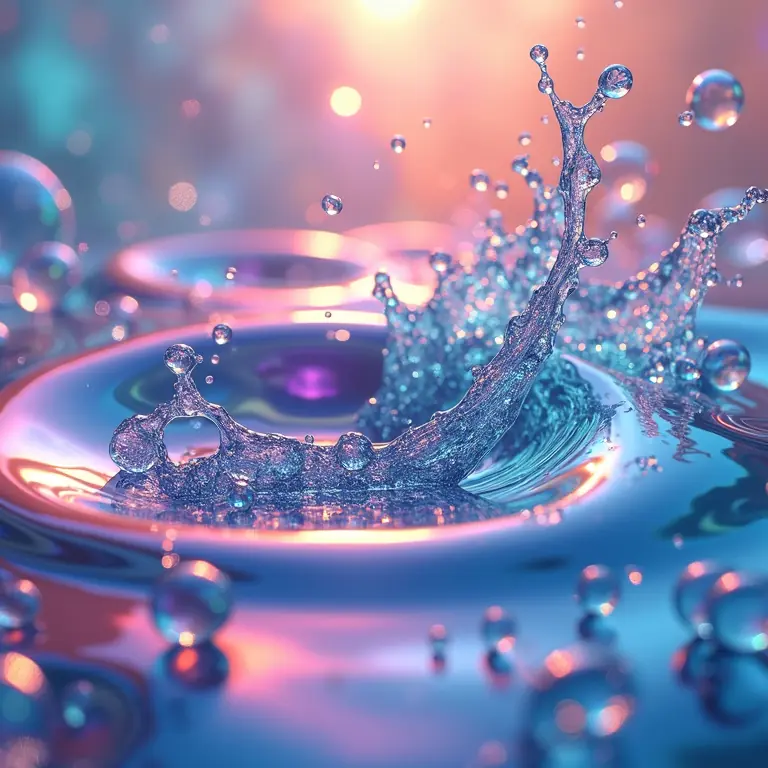
- Low Gravity: In space, where gravity is minimal, bubbles can grow much larger and last much longer because the liquid isn’t pulled downwards.
- Cold Temperatures: Cold temperatures increase the surface tension of the liquid, making bubbles more stable but also more difficult to form.
- Different Liquids: Bubbles can be formed with liquids other than soapy water, such as glycerin or even liquid metals. Each liquid will have its own unique surface tension and properties, affecting the bubble’s behavior.
Scientists have even studied bubbles in supercooled liquids (liquids cooled below their freezing point but still remaining liquid) to understand the behavior of matter under extreme conditions.
Bubbles and Mathematics: A Surprising Connection
The study of minimal surfaces – surfaces that minimize their area – is a branch of differential geometry, and bubbles provide a physical realization of these mathematical concepts. The shapes formed by clusters of bubbles closely approximate minimal surfaces, offering a tangible way to visualize abstract mathematical ideas. Similar mathematical principles underpin other seemingly unrelated phenomena, like musical harmony.
Bubbles in Science and Technology
Bubbles aren’t just a source of amusement; they have practical applications in various fields.
- Medical Imaging: Microbubbles are used as contrast agents in ultrasound imaging, enhancing the visibility of blood vessels and organs.
- Industrial Processes: Bubbles are used in flotation processes to separate minerals from ore.
- Cleaning: The principles of surface tension reduction are essential in the formulation of detergents and cleaning agents.
- Material Science: Studying bubble formation and stability helps researchers develop new materials with tailored properties.
The History of Bubbles: From Alchemy to Art
The fascination with bubbles dates back centuries. Paintings from the 17th century depict nobles enjoying bubble blowing as a pastime. Early natural philosophers, including Isaac Newton, investigated the optical phenomena associated with bubbles. The art of bubble blowing was refined over time, with performers developing techniques to create incredibly large and stable bubbles. The cultural significance of bubbles, like many other playful activities, has deep historical roots.
Beyond the Basics: Exploring Further
The physics of bubbles is a surprisingly deep and complex subject. Researchers continue to explore new aspects of bubble behavior, such as the dynamics of bubble collisions, the formation of bubbles in turbulent flows, and the use of bubbles as microreactors. The way we perceive and interact with bubbles can even be influenced by psychological factors.
A Final Thought
So, the next time you see a bubble floating by, take a moment to appreciate the intricate physics at play. It’s a reminder that even the simplest phenomena can reveal profound scientific principles. Bubbles are more than just soap and air – they’re a testament to the beauty and elegance of the natural world.
Interested in learning more about how we measure and understand time? Explore the fascinating history of time zones.
Want to explore another hidden language? Discover the art of tea leaf reading.
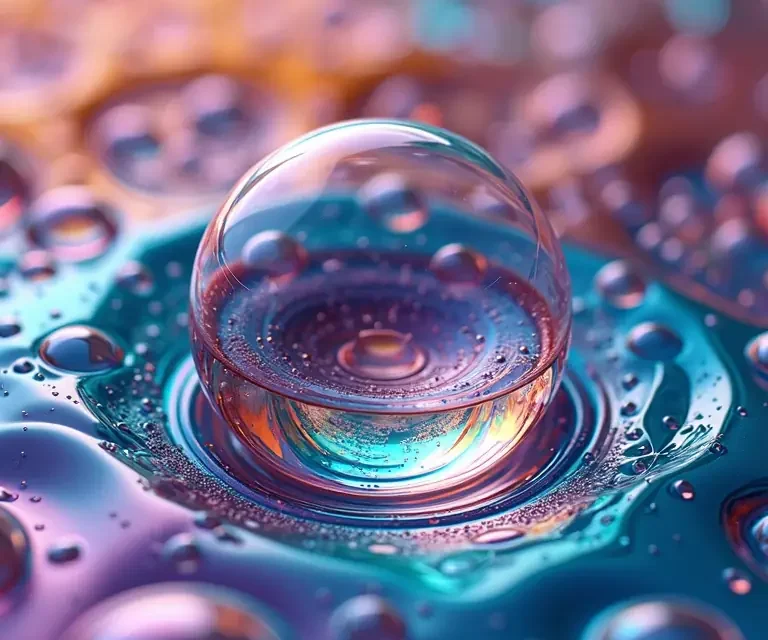

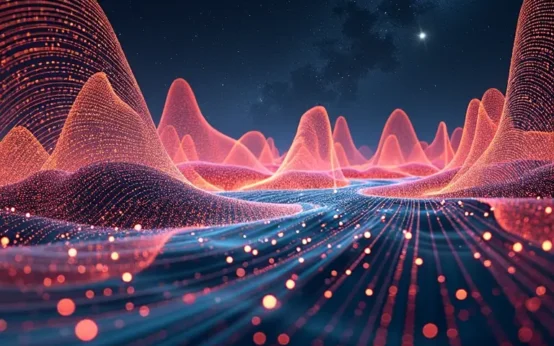 The Hidden Physics of Everyday Rhythms
The Hidden Physics of Everyday Rhythms 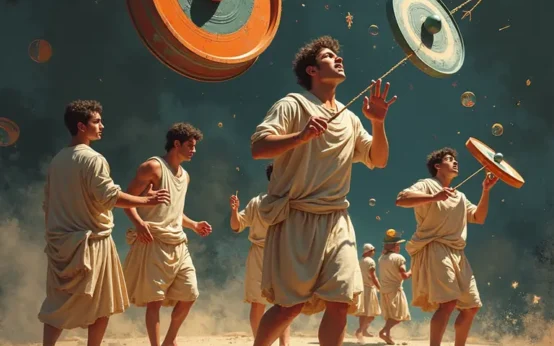 The Surprisingly Consistent Physics of Yo-Yo Tricks: From Ancient Greece to Modern Competition
The Surprisingly Consistent Physics of Yo-Yo Tricks: From Ancient Greece to Modern Competition 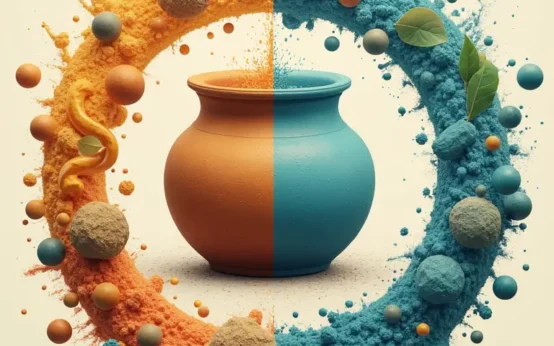 The Unexpectedly Consistent Science of Soapmaking: From Ancient Recipes to Modern Chemistry
The Unexpectedly Consistent Science of Soapmaking: From Ancient Recipes to Modern Chemistry 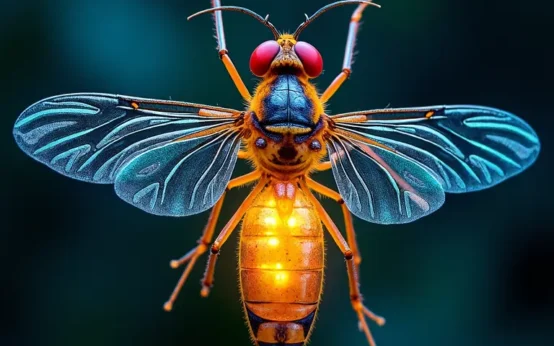 The Curious Science of Firefly Bioluminescence: Decoding Nature’s Tiny Lights
The Curious Science of Firefly Bioluminescence: Decoding Nature’s Tiny Lights  The Surprisingly Consistent Physics of Paper Airplanes: Flight, Form & Fun
The Surprisingly Consistent Physics of Paper Airplanes: Flight, Form & Fun  Color Me Curious: The Surprising Science of Pigments Throughout History
Color Me Curious: The Surprising Science of Pigments Throughout History